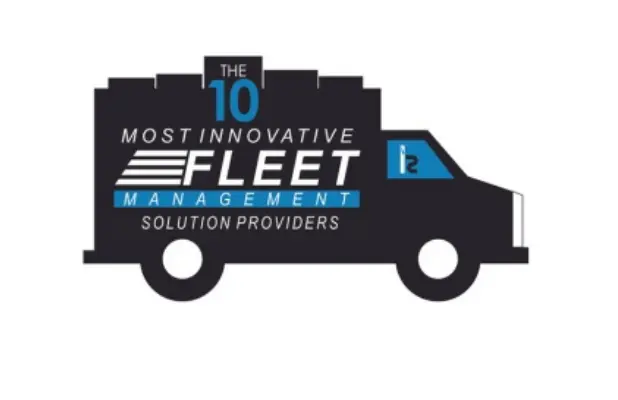1. Driver Safety & Behavior
One of the biggest fleet risk management issues is driver safety. Accidents, reckless driving, and drivers disobeying traffic laws can lead to serious injuries, vehicle damage, legal liabilities, and increased insurance premiums. In addition, poor driving behavior can tarnish a company’s reputation and erode customer trust.
2. Vehicle Maintenance & Downtime
Unexpected vehicle breakdowns can lead to operational delays, missed jobs, lost revenue, and dissatisfied customers. Poorly maintained vehicles are also more likely to be involved in accidents or fail vehicle safety inspections. Maintenance issues may result from inadequate preventative maintenance, undiagnosed mechanical problems, or poor communications between drivers and management.
4. Regulatory Compliance
Fleets are often subject to numerous local, national, and international regulations. These may include environmental standards (such as emissions limits), driver work hour restrictions (e.g., Hours of Service rules), licensing requirements, and vehicle inspections. Non-compliance with these regulations can result in fines, legal action, and even operational shutdowns.
5. Fuel Management & Costs
Fuel represents one of the largest operating expenses for fleets. Fluctuating fuel prices, inefficient routing, idling, and unauthorized fuel card usage can all contribute to excessive fuel costs. Over time, these inefficiencies can erode profit margins and reduce competitiveness.
5. Theft & Asset Security
Vehicle and cargo theft pose a significant risk, especially in field service and construction industries where high-value tools and equipment are stored in vehicles. Theft can lead to financial losses, technician downtime, insurance premium increases, and damaged client relationships. In addition to stolen goods or vehicles, data breaches from onboard systems can compromise sensitive operational or customer information.
Fleet managers operate in an environment that requires constant attention to detail, proactive planning, and adaptive strategies. Understanding the top risks that fleets face—driver safety, maintenance issues, regulatory compliance, fuel costs, and theft—is essential to maintaining a resilient and efficient fleet.









